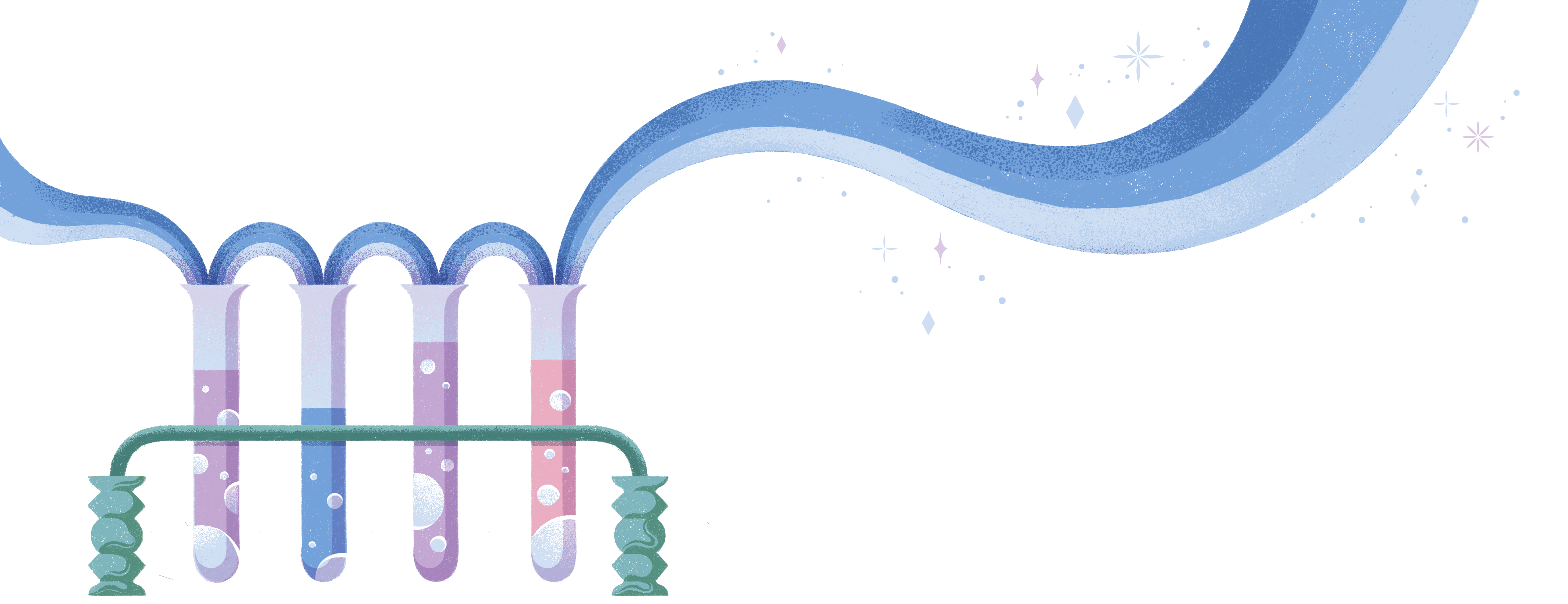Atrofia muscolare spinale
What is spinal muscular atrophy?
Spinal muscular atrophy, normally called ‘SMA’, describes a genetic disorder with different degrees of severity associated with the loss of motor neurons and disease-related complications affecting the entire body. Loss of motor neurons leads to a loss of muscle mass, which is translated to muscle atrophy. Depending on the type of SMA, this could lead to the loss of physical strength and the ability to walk, eat or breathe. As a disease of the entire body, SMA affects not only muscles but also many other organs.
In humans, two genes, SMN1 and SMN2, encode SMN. SMA is caused by loss or mutation of the SMN1 gene and retention of SMN2. The SMN1 gene provides instructions for making the survival of motor neuron (SMN) protein, which is necessary for the survival of motor neurons and other cell types in the body. People with SMA are, therefore, dependent on the related SMN2 gene. However, this gene cannot produce enough functional SMN protein.
The severity of SMA varies among individuals and depends on the age of onset and the number of SMN2 copies they have.
- Type 0, also called prenatal onset SMA, is the most severe form of this disorder; it affects babies that are still in the womb. These babies experience severe hypotonia and are unable to sit or roll.
- Type 1, found in infants under the age of 2 years, is a very severe form of SMA. Just like Type 0, infants have severe hypotonia and are also unable to sit or roll.
- The age of onset for Type 2 SMA is 6–18 months; infants with this form of SMA are able to sit but unable to walk independently.
- Type 3 is usually diagnosed after 18 months of age, but the actual age of onset is very variable and may not happen until late childhood or early adulthood. Individuals with this type of SMA have a normal life span but may lose the ability to walk.
- Finally, Type 4, also known as adult-onset SMA is the least severe form of this disorder. It is most often diagnosed in early adulthood, with individuals experiencing mild motor impairment.
Learn more about Spinal Muscular Atrophy and research at Roche.


